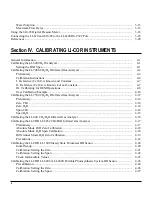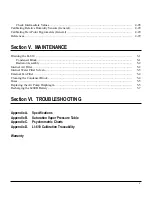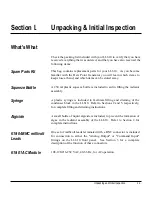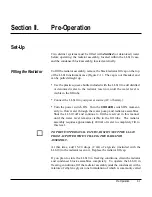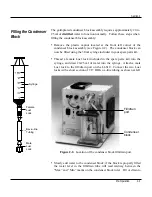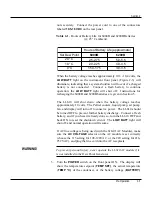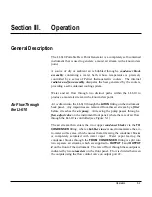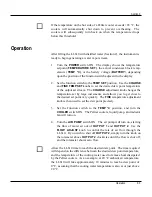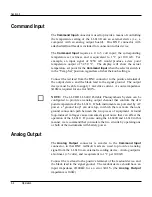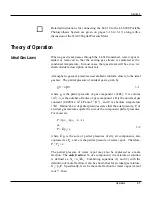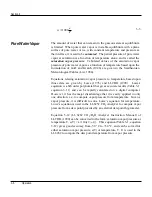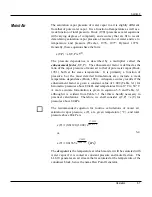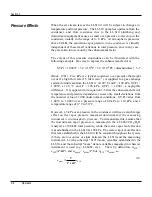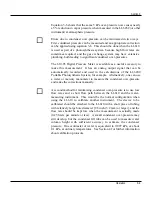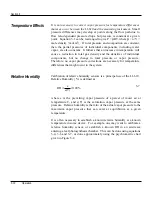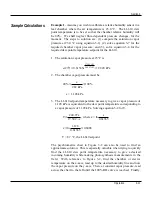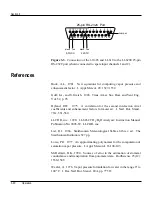
Section 3
Operation
3-5
☞
Detailed instructions for connecting the LI-610 to the LI-6200 Portable
Photosynthesis System are given on pages 3-16 to 3-19, along with a
discussion of the 610-03 Digital Pressure Meter.
Theory of Operation
Ideal Gas Laws
When a gas stream passes through the LI-610 condenser, water vapor is
added or removed so that the exiting gas stream is saturated at the
condenser temperature. In most cases, that gas stream will be air, so we
shall consider a description of moist air.
Atmospheric gases at pressures near ambient conform closely to the ideal
gas law. The partial pressure of an ideal gas is given by
p
i
V = n
i
RT,
3-1
where p
i
is the partial pressure of gas component i {kPa}, V is volume
{m
3
}, n
i
is the number of moles of gas component i, R is the universal gas
constant {0.008314 m
3
kPa mol
-1
K
-1
}, and T is absolute temperature
{°K}. Dalton's Law of partial pressures states that the total pressure, P, of
an ideal gas mixture equals the sum of the component partial pressures.
For moist air,
P
p
p
...
e
N
O
2
2
=
+
+ +
or,
P =
Σ
p
i
+ e
3-2
where
Σ
p
i
is the sum of partial pressures of dry air components, also
expressed as P
a
, and e is the partial pressure of water vapor. Therefore,
P = P
a
+ e.
The partial pressure of water vapor may also be expressed as a mole
fraction. The mole fraction, X, of a component j in a mixture or solution
is defined as, X
j
= n
j
/
Σ
n
i
. Combining equations (1) and (2) with the
definition of mole fraction, it can be shown that for an ideal gas mixture,
X
j
= p
j
/P. Specifically, let w be the mole fraction for water vapor {mmol
mol
-1
}, then

